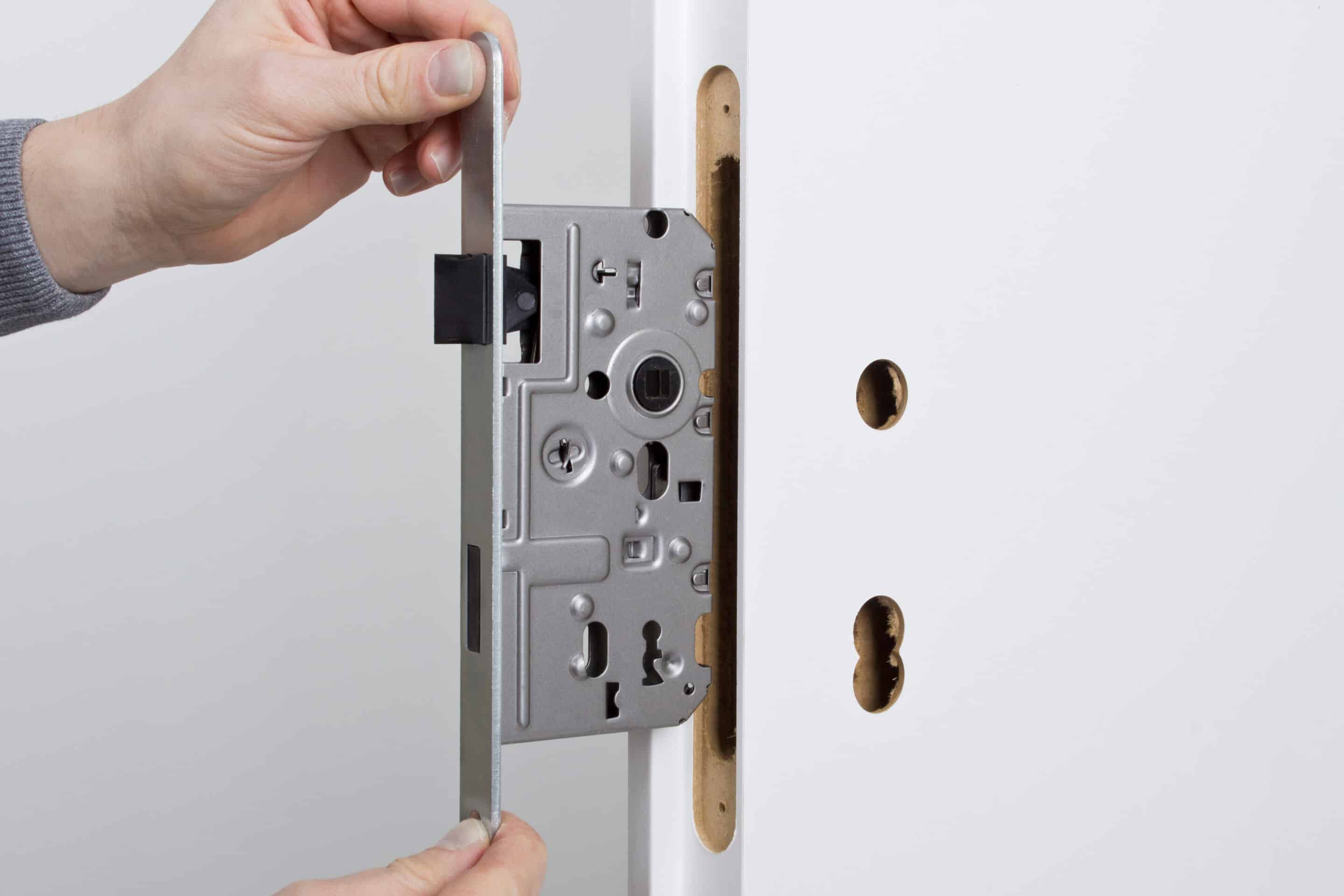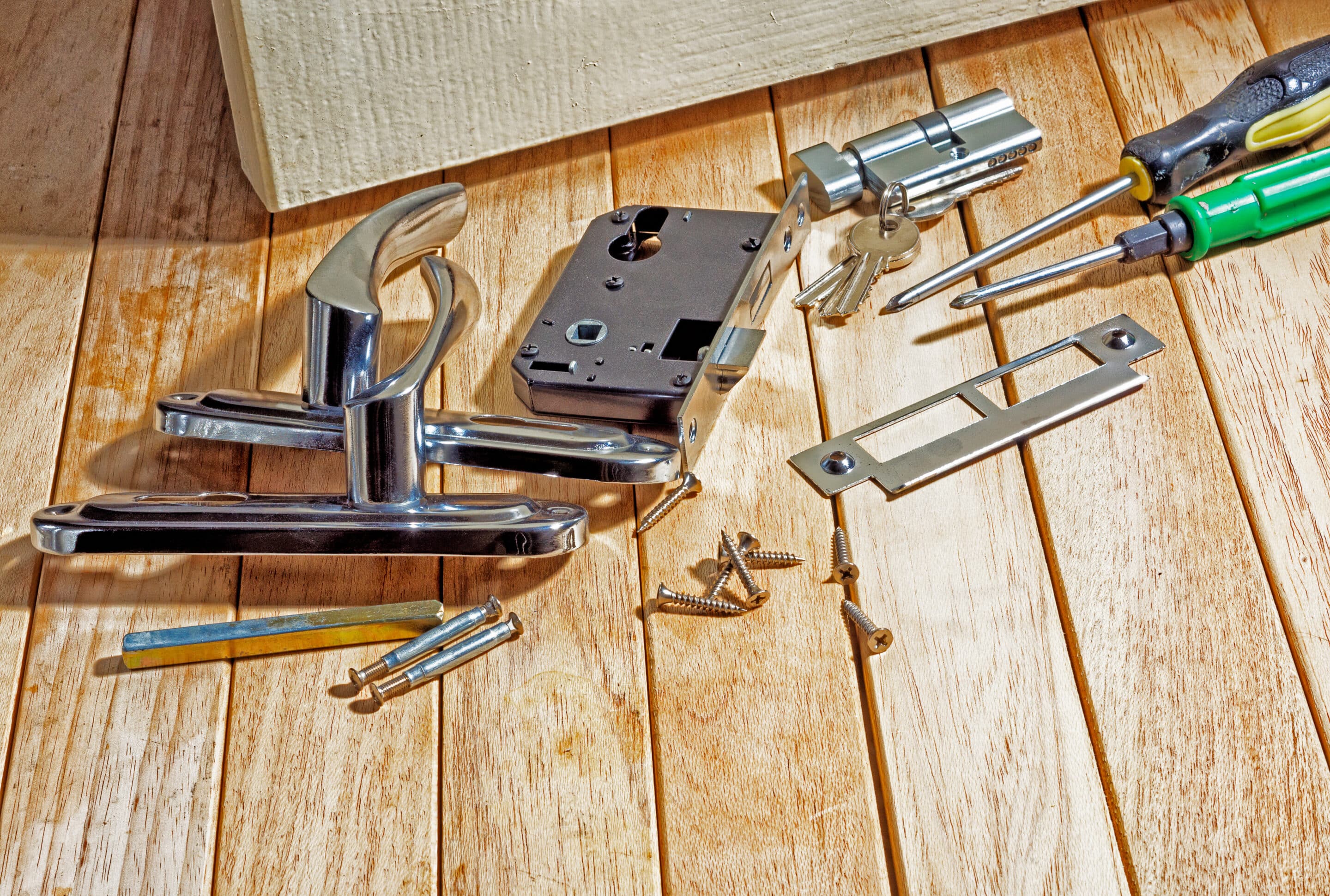What Is A Mortise Lock And What Are The Benefits Of Using One?
Mortise locks are one of the oldest and most secure locking mechanisms available. Typically, a mortise lock combines a deadbolt with a latch, which is installed into the door itself, providing an extra layer of protection that cannot be easily tampered with or bypassed.
Due to its strength and durability, mortise locks are often used in commercial buildings and hotels, where security is paramount. With its multiple layers of protection, it’s no wonder why mortise locks are so popular for those who take their safety and security seriously. Not only do they provide an extra layer of security, but the fact that it also requires a physical key to open makes them extremely difficult to pick or duplicate. As such, you can rest assured that your property is secure when using a mortise lock. All in all, the popularity and longevity of the mortise lock speaks to its effectiveness as a locking mechanism, making it a great choice for those who want an extra layer of security.
What is a Mortise Lock?
A mortise lock is a type of door lock which typically combines a latch and deadbolt in one unit. It requires a pocket, or mortise, to be cut into the edge of the door for installation. The locking components are usually contained inside the door itself, providing an aesthetically pleasing design with no visible hardware from the outside. Mortise locks offer increased security and privacy compared to other types of door locks, as their internal mechanisms are not visible from the outside. Many mortise locks contain a built-in cylinder that can be used with a key for added security. Mortise locks are typically more difficult to install than other types of door locks, but they provide greater protection for any home or business.
How does a Mortise Lock work?
A mortise lock consists of three components: a latch, a deadbolt, and the framework.
The latch usually comes in two pieces: one part that is permanently mounted to the door frame and another that is attached to the door itself. When the door locks, these two parts come together to keep it securely locked. The deadbolt has a cylinder that fits into an indentation located in the door jamb. The cylinder holds the bolt firmly in place when not engaged but can be turned by inserting and turning a key.
The third component of a mortise lock is its framework, which serves as its housing unit and is usually made of metal or hard plastic. This framework holds all the other pieces together and attaches to the door frame with screws or nails depending on its size and type. The framework also has a faceplate, which helps protect the latch and deadbolt from being bumped out of place by an intruder. Once installed, a mortise lock is able to securely keep doors closed until someone with a key opens them.
What are the advantages of using a Mortise Lock?
Mortise locks are one of the most secure door locks available today. Unlike traditional door knobs, mortise locks require a key to be inserted into the lock before opening it. This ensures that no unauthorized person can gain access to your home or office. Additionally, these locks offer superior levels of durability and strength. They are constructed from thick metal and are designed to withstand extreme temperatures, corrosion, and physical force.
Mortise locks also provide greater protection against forced entry attempts. While doorknobs and other traditional locks can be easily picked or broken into, a mortise lock requires a much more complex process in order to gain access.
The installation process for mortise locks is also very simple. Installation can be done by an experienced locksmith in a matter of minutes. This means you don’t have to spend hours trying to install the lock yourself, as it can easily be done by a professional.
Finally, mortise locks are incredibly stylish and can add an elegant touch to any door. They come in a variety of different styles and colors, so you can easily find one that complements the décor of your home or office. With all these advantages, it is easy to see why mortise locks are becoming increasingly popular. They are a great choice for anyone looking to add extra security and style to their door.
Types of Mortise Locks
Mortise locks are a type of locking mechanism commonly used in domestic and commercial doors. They offer greater protection than other types of door locks, as the lock is buried within the depths of the door itself making it difficult to tamper with or pick. There are two main types of mortise locks; old-fashioned domestic and euro-style domestic.
Old-fashioned domestic mortise locks are the more traditional style of mortise lock and feature two metal components, a deadbolt and a latch. The deadbolt is used to secure the door when it is closed, while the latch engages with the door frame when in position, ensuring that the door cannot be opened from outside. These locks are usually found in older houses and buildings, but can still be bought in stores today.
Euro-style domestic mortise locks are a more modern variant of the traditional mortise lock. They differ from their predecessor by having a single component – the cylinder – that operates both the latch and deadbolt simultaneously. This makes them easier to install than the two-component system, however it also makes them more vulnerable to tampering. They are popular in many countries across Europe and have been gaining traction in North America over recent years.
Regardless of which type of mortise lock you choose, they both provide an effective means of securing your doors against any unwanted intruders. While the single cylinder may be easier to install, it is ultimately a matter of preference as to which lock you will choose for your property.


